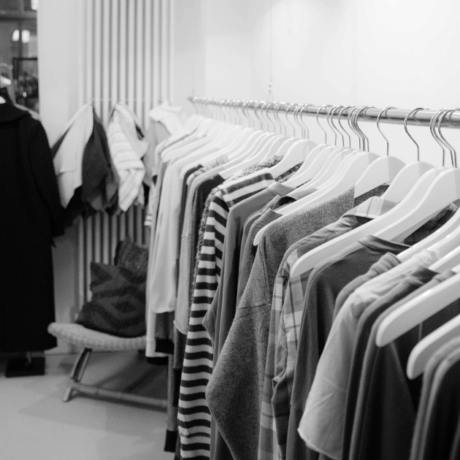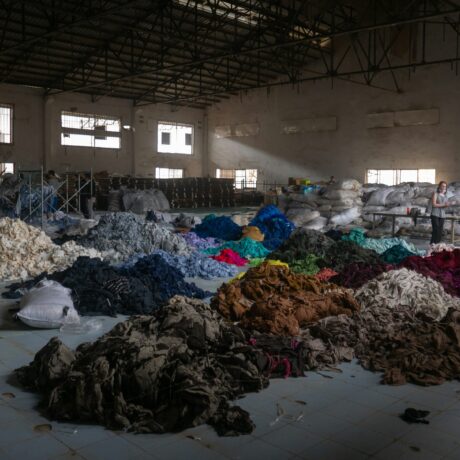OPINION: An Open Letter to Karl-Johan Persson, CEO of H&M
Dear Mr Persson,
You are right. Just like you, as we read in this article published by The Independent, I also think that we need to eliminate poverty. Just like you, I also think we should tackle the climate. However, our opinions differ about how.
You point the finger at climate youngsters like Greta Thunberg because they ‘forbid’ people to consume. You think this is a big problem because it will only have a small impact on the environment, but will have terrible social consequences. For example, we believe that we must continue to create jobs to combat poverty, among other things. But that is where the proverbial shoe pinches: how can you, as the head of one of the largest clothing retailers in the world, call to alleviate poverty if you don’t even pay your own clothing workers a living wage?
In 2013, H&M promised to pay approximately 850,000 textile workers a living wage by 2018. Nothing has come of that promise. Despite ambitious promises, other clothing brands are also doing the same, according to this study by the University of Sheffield. In addition, according to the Fashion Transparency Index 2019, only 18.5 percent of the brands surveyed indicate how they work towards living wages in their supply chain. A 2019 study also shows that of 20 major brands such as Nike, Primark, Adidas and H&M that many outsource the payment of living wages, which seriously undermines the credibility of such promises.
Garment workers often have to borrow money to make ends meet every month and to provide for minimal necessities of life such as food and shelter, according to the Garment Worker Diaries published Microfinance Opportunities in partnership with Fashion Revolution. Clothing prices remain at rock bottom and the profits that retailers make do not go to the factory workers. To demand higher minimum wages, in order to achieve a living wage, thousands of workers themselves took to the streets in Bangladesh several times, which the government often punished violently.
In addition, when we talk about terrible social consequences, we also have to draw attention to the physical and sexual abuse that approximately 80 percent of clothing workers in Bangladesh are confronted with. Bangladesh is the second largest production country for clothing after China. Last March, 16 clothing workers even went on a hunger strike at a factory, following an assault by an 18-year-old colleague by one of the managers. It is equally striking that Amazon, the third richest company in the world, sells clothing from factories in Bangladesh that are blacklisted due to abuse of clothing workers and their poor safety conditions. Abuse is also the order of the day in garment workers in other production countries.
COAL AND GAS
“Technological innovation, alternative raw materials and cleaner energy.” These are words that you use when it comes to the climate. However, if we look at how we produce and consume clothing, this seems incongruous. The clothing and shoe industries together are responsible for more than 8 percent of global greenhouse gas emissions, according to a Quantis report. Clothing production, which is mainly concentrated in Asia, is still dependent on coal and gas to generate electricity and heat.
CONSCIOUS COLLECTION
Are H&M and other brands really not doing well ecologically? You do, just like some other brands, make efforts and great promises. By 2030 you indeed promise to only use ‘recycled or other sustainable material’ for clothing. H&M is already doing this for its ‘Conscious Collection’. Inditex, the parent company of Zara and others, also made serious promises; by 2025 they want all their cotton, linen and polyester to be organic, sustainable or recycled. But the question remains: how credible can you be if you also continue to embrace the fast fashion model? If you continue to promote mass consumption? Between 2000 and 2014, clothing production has doubled worldwide. Unfortunately, we wear our clothes only half as long as before. This is untenable. Every second, an equivalent of a truck full of textile goes to the dump or is burned. Barely 1 percent of clothing is recycled.
So, dear Mr. Persson, you cannot criticise youth climate activist without first looking into your own heart. What these young people want and what we need is a systemic approach, a transition to a sustainable economic model for the clothing industry in which profits do not go hand in hand with abuse and harrowing ecological consequences. There are smaller players on the market who can display a transparent and sustainable revenue model. When will large retailers make this work?








